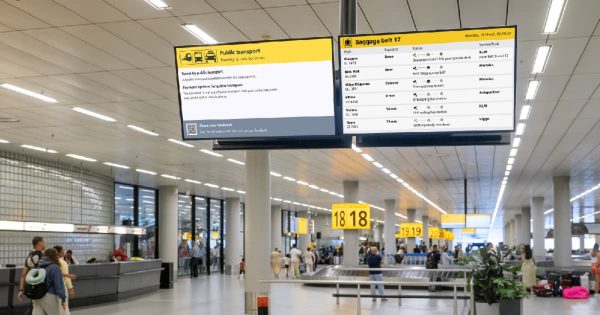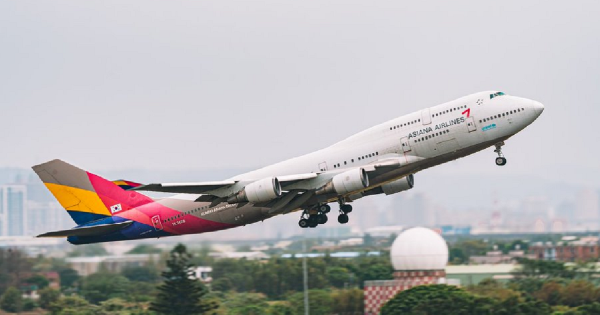Milan Linate and Catania now offer a facial recognition system for passengers boarding their flights.
The FaceBoarding biometric system allows passengers to pass through security and boarding without having to show their passport/electronic identity card and boarding pass.
Effectively their face acts as identity document and boarding pass.
Who can use it?
The service is available to all airlines but they have to to integrate their check-in and boarding systems with the FaceBoarding system.
At the moment, ITA Airways passengers departing from Milan Linate to all destinations can use it. SAS passengers can also use FaceBoarding.
At Catania, it is available for ITA passengers flying to Milan Linate.
How it works
The service is currently voluntary. Passengers who wish to use the system go to the FaceBoarding kiosks to register for the first time.

They first have to agree to the data privacy policy – no options, its agree or not.
Then they scan their ID document (passport or electronic identity card), then the boarding pass and then their face.
The airport expects to have an app available by June 2024.
When passengers pass through security or board the aircraft their live facial biometrics are compared with those captured.
At security passengers go to the dedicated FaceBoarding gates: their is one biometric egate for Fast Track passengers and two biometric egates for all other FaceBoarding passengers.
Suppliers
SEA, the company managing LIN, has partnered with Thales and Dormakaba for the FaceBoarding project.
Thales has developed the biometric system, while Dormakaba has designed the egates.
Data security
Everyone taking part in the FaceBoarding service provides consent to scan the data present on their identity document and boarding pass and consent for (the) face scan.
The airport says that data is only processed for the purpose of participation in the project. Personal data relating to the identity document are stored – in encrypted form – for a period ranging from 24 hours to 31 December 2025, depending on the consent given by the passenger during registration.
Personal data from the boarding pass is automatically deleted 24 hours after the actual flight departure.
IATA One ID – The future for biometrics at airports
IATA OneID is an industry program and has a lot of information about the future plans for biometric tokens.
When the passenger register,s the airport system creates what the industry calls a token and that is used at all points like boarding. That token is a simple sounding word but that token contains a huge amount of data about the passenger, including the biometrics.
Self-service check-in, self bag drop and boarding are merely the start for the biometric token.
Airlines, airports, governments and private companies will use it extensively in the near future at all touchpoints including departure, transfers and arrivals,.
Specific touchpoints include:
- check-in
- bag drop
- secure area access
- security screening
- outbound border control
- lounge access
- boarding
- inbound border control
And of course the shops. The commercial opportunities for airlines, airports and airport shops and others is huge.






